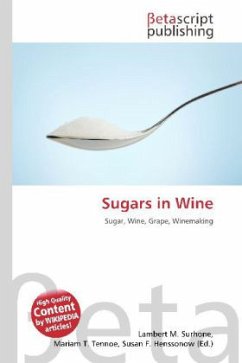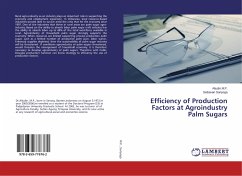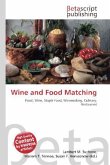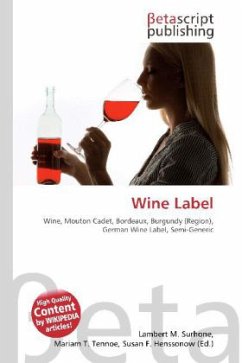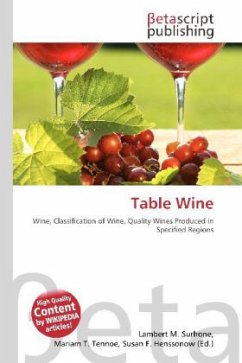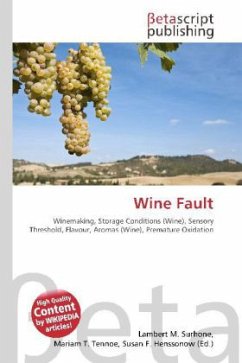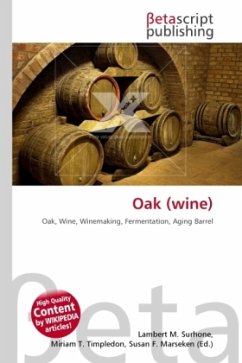Please note that the content of this book primarily consists of articles available from Wikipedia or other free sources online. The sugars in wine grapes are what make winemaking possible. During the process of fermentation, sugars are broken down and converted by yeasts into ethanol alcohol and carbon dioxide. Grapes accumulate sugars as they grow on the grapevine through the translocation of sucrose molecules that are produced by photosynthesis from the leaves. During ripening the sucrose molecules are hydrolyzed (inverted) by the enzyme invertase into glucose and fructose. By the time of harvest, between 15-25% of the grape will be composed of simple sugars. Both glucose and fructose are six-carbon sugars but three, four, five and seven-carbon sugars are also present in the grape. Not all sugars are fermentable with sugars like the five-carbon arabinose, rhamnose and xylose still being present in the wine after fermentation.
